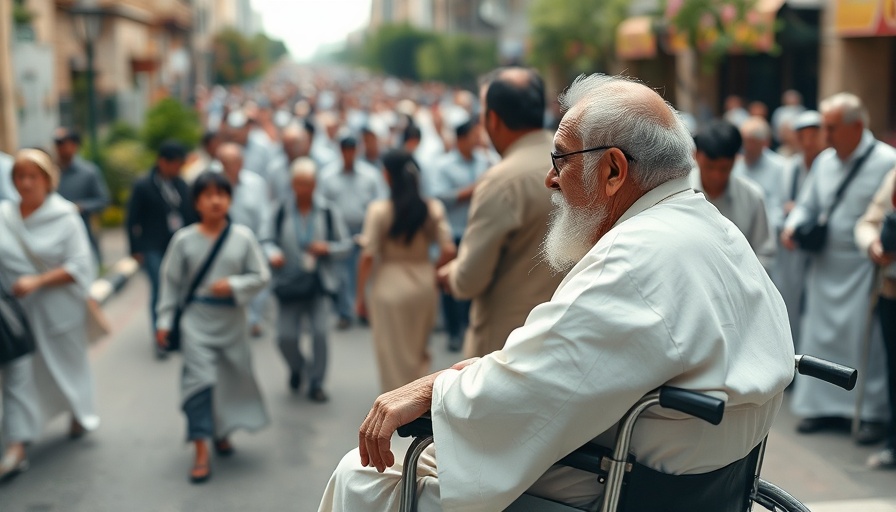
Pope Francis Returns to Vatican After Battling Pneumonia
After a five-week hospitalization due to life-threatening pneumonia, Pope Francis has returned to the Vatican, much to the relief of many worldwide. This challenging period raised concerns regarding the Pope's health, especially as he is advancing in age. Upon his return, he expressed gratitude for the supportive messages he received during his recovery.
The Severity of the Pope's Condition
Pneumonia, particularly in older adults, can be a critical health issue. In Pope Francis’s case, it required an extended stay at Gemelli Hospital in Rome, where he was treated under close medical supervision. Doctors noted that his health had stabilized, leading them to deem him fit to return to his duties.
Public Reaction to His Recovery
The Pope’s health is of great public interest, not just among Catholics but globally. His brief absence sparked an outpouring of concern as followers prayed for his recovery. Many perceived the situation as a significant moment, crucial not only for the Pope personally but for the broader Christian community. The Pope himself referred to his hospital stay as a moment of reflection. He emphasized the power of prayer and community support in overcoming personal trials.
The Impact of His Health on the Papacy
The Pope’s recent health scare has reignited discussions about the challenges of leadership at an advanced age. With a vast global following, every aspect of his health is under scrutiny, which illustrates the unique pressure on public figures, particularly religious leaders. Historically, Popes have been able to fulfill their roles well into their seventies and eighties, but modern society's expectations may differ. This situation raises questions about the future of the Papacy, particularly regarding succession and the ability of elder leaders to manage their duties amidst health challenges.
Future Engagements and Responsibilities
Following his recovery, the Pope is expected to participate in upcoming events, including Easter celebrations, where he traditionally leads an array of services. These engagements are significant not only for his role as a religious figurehead but also for the continued presence and visibility of the Vatican in worldwide conversations, including social issues, humanitarian efforts, and interfaith dialogue.
Glossary of Key Terms
Life-threatening pneumonia: A serious infection in the lungs that can lead to awful complications, particularly in the elderly or those with weakened immune systems.
Vatican: The independent sovereign entity, the spiritual and administrative center of the Roman Catholic Church, led by the Pope.
The Symbolism of His Journey
Pope Francis's journey from a hospital bed to the Vatican symbolizes resilience. It presents an opportunity for discussions pertaining to health, spirituality, and the power of community support. The public's engagement through prayers and well-wishes speaks volumes about societal values surrounding compassion and hope. As he continues his papacy, Pope Francis aims to inspire through his personal story of recovery.
Why This Matters Locally and Globally
The impact of the Pope's health extends beyond the Vatican walls. His statements often hold weight in international discussions about vital issues such as poverty, inequality, and climate change. The Pope is viewed by many as a moral compass, and his ability to deliver messages from a place of personal strength can mobilize people across continents.
This incident has also seen responses from leaders worldwide who have expressed their support for Pope Francis. Politicians and public figures have used this moment to remind citizens about the importance of healthcare access, especially as the world continues to navigate the ramifications of global health crises.
Conclusion
Pope Francis's return to the Vatican marks an important moment, not just for Catholics, but for anyone who followed his journey to recovery. His emphasis on community and spirituality resonates, reminding us that personal trials can strengthen our bonds with one another. As he embarks on this next chapter, observers will be keen to see how his experiences translate into future engagement and possible shifts in leadership practices within the church.
 Add Element
Add Element  Add Row
Add Row 



Write A Comment